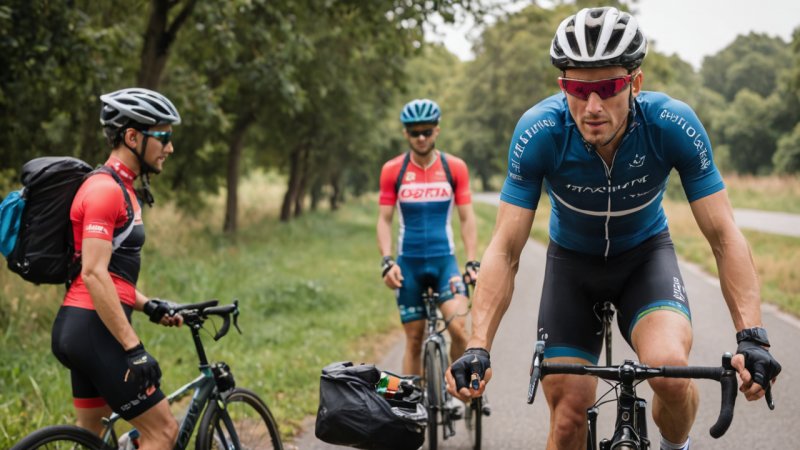Introduction
Preparing for long-distance cycling events requires a combination of physical training, mental preparation, and the right safety gear to ensure a successful and enjoyable ride. In this article, you will learn how to effectively prepare for your cycling event, covering essential training tips, nutrition advice, and the importance of protective gear.
Step 1: Assess Your Current Fitness Level
Before diving into your training regimen, it's crucial to assess your current fitness level. This will help you determine how much time you need to allocate for preparation.
- Evaluate your cycling experience: Have you participated in long-distance rides before?
- Check your physical condition: Are there any injuries or health concerns?
- Perform a fitness test: Try a 20-mile ride and record your time and how you feel afterward.
Step 2: Create a Training Plan
Once you have assessed your fitness level, it’s time to create a structured training plan.
- Establish a timeline: Aim for a training period of at least 12 weeks.
- Set weekly mileage goals: Gradually increase your mileage by about 10% each week.
- Incorporate different types of rides: Include long rides, interval training, and recovery rides.
Step 3: Focus on Nutrition
Good nutrition plays a vital role in your performance and recovery.
- Stay hydrated: Drink plenty of water before, during, and after your rides.
- Fuel your body: Consume a balanced diet rich in carbohydrates, proteins, and healthy fats.
- Practice your nutrition strategy: Experiment with energy gels, bars, and snacks during your training rides to see what works best for you.
Step 4: Invest in Protective Gear
Safety should always be a priority when cycling long distances.
- Wear a properly fitted helmet: Make sure it meets safety standards and fits snugly.
- Consider additional protective gear: Think about knee pads, elbow pads, or padded shorts for added comfort.
- Use visibility gear: Wear reflective clothing and use lights to ensure you are seen by others.
Step 5: Train Your Mind
Mental preparation is just as important as physical training.
- Visualize success: Imagine completing the event and how it will feel.
- Set realistic goals: Focus on achievable milestones, such as completing certain distances or improving your speed.
- Practice mindfulness: Use techniques like deep breathing or meditation to manage anxiety and boost focus.
Step 6: Plan for Event Day
As the event day approaches, it's essential to have a plan in place.
- Check the weather: Be prepared for any conditions—rain, heat, or wind.
- Prepare your gear: Lay out your cycling outfit and pack all necessary items the night before.
- Arrive early: Give yourself enough time to warm up and feel relaxed before the race starts.
Summary
Preparing for a long-distance cycling event involves assessing your fitness level, creating a solid training plan, focusing on nutrition, investing in protective gear, training your mind, and planning for the event day. By following these steps, you can improve your athletic performance while ensuring your safety throughout the journey.
Final Advice: Stay consistent with your training, listen to your body, and remember that preparation is key to enjoying your long-distance cycling experience.






